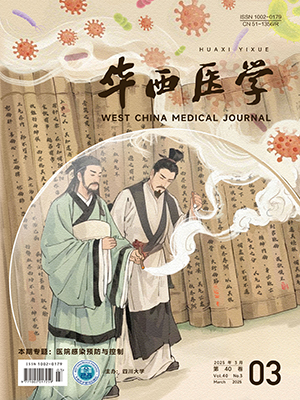Citation: SONG Qian, GUO Xiaoye, QI Lei, LIANG Chen, WANG Tuo, BAO Gang, LI Ruichun. Effect of systematic respiratory training on lung function in patients with mild to moderate traumatic brain injury. West China Medical Journal, 2018, 33(6): 732-735. doi: 10.7507/1002-0179.201805188 Copy
Copyright © the editorial department of West China Medical Journal of West China Medical Publisher. All rights reserved
-
Previous Article
The value of 3.0 T MRI functional imaging in differential diagnosis of radiation brain injury and recurrence of glioblastoma multiforme XUZongsheng, CHEN Xiaolin, WANG Rong, ZHAO Yuanli, LU Changyu -
Next Article
Protective effects of fingolimod on secondary nerve injury after thalamic-ventricle hemorrhage in rats GANQi, ZHANG Hanmei, MA Weichao, LIU Yi




